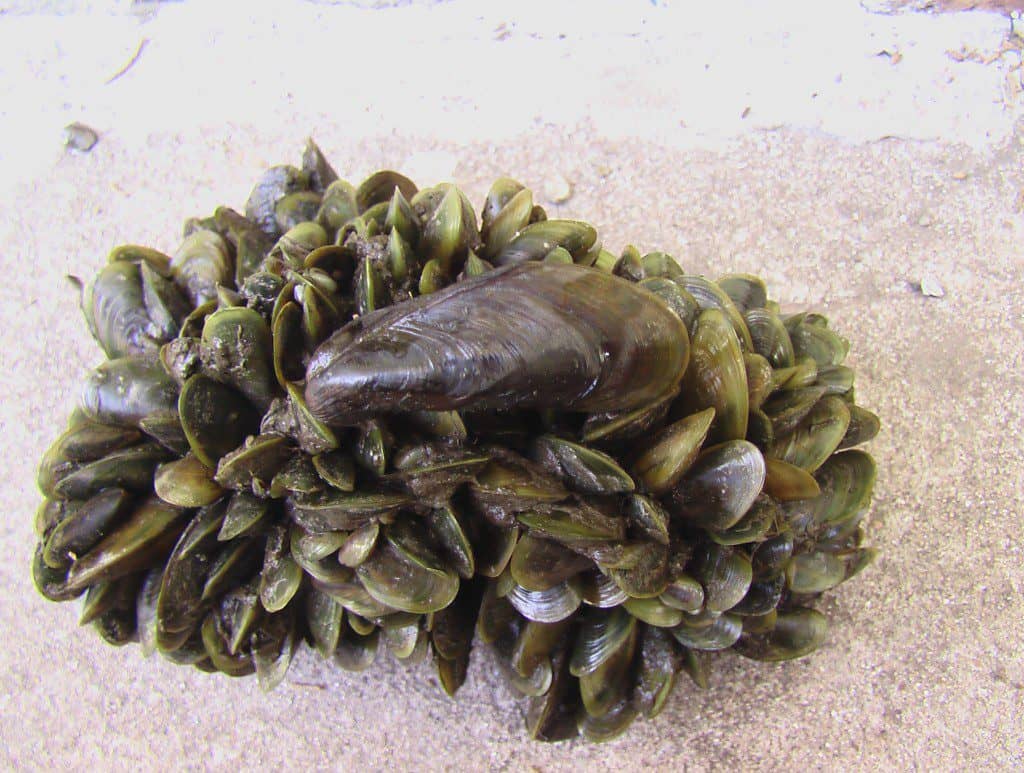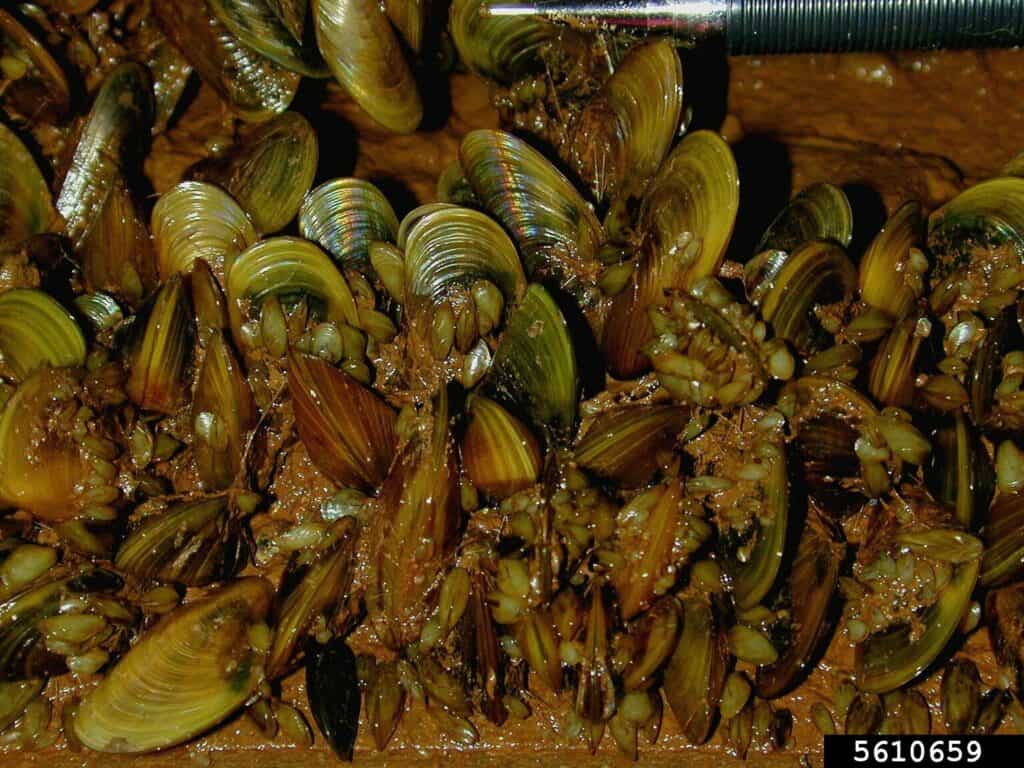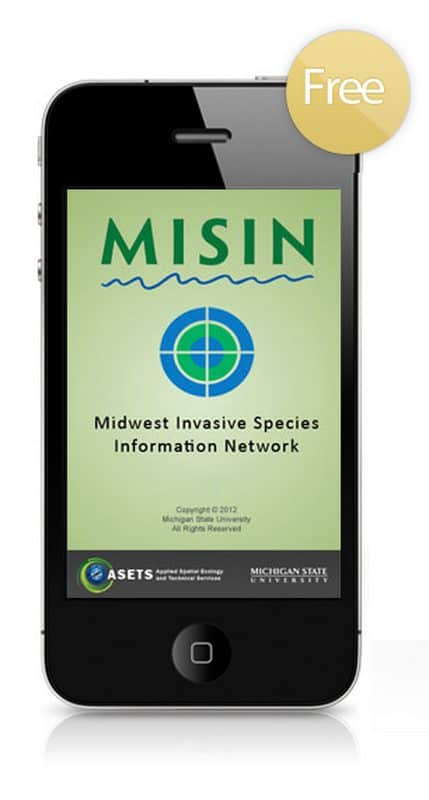*Prohibited in Michigan
Description
The golden mussel can acclimate itself to many types of environments. Although a freshwater species, it tolerates a broader range of salinity than the zebra mussel and thus has the ability to live in brackish waters.vii Because it can inhabit both temperate and subtropical climates, it is likely capable of colonizing waters of the lower Great Lakes region. Once the golden mussel has entered a body of water, it basally attaches itself to most available substrates, and often forms colonies with densities greater than 80,000/square meter.
Identification
- Size ranges from just under 1/2 inch to 2 inches.
- The shell is a golden or yellowish color.
- Does not posses hinge teeth or byssal notch.
Table of Contents
Means of Introduction
One likely way that the golden mussel could be introduced into the Great Lakes is through ballast water discharged from Asian or South American oceangoing vessels.
Impacts of Golden Mussels
As an invader, the golden mussel would like have much the same impact as the zebra mussel in the Great Lakes. It clogs the intakes, pipes and filters of water treatment facilities, industrial plants, and power stations. These issues lead to increased operational costs, because the facilities may need to be shut down to clean out mussels, shell material, and sediment. Further, decaying dead mussels emit a noxious odor and pollute drinking water systems, while empty shells add to the fouling problem. Its high reproductive capacity means that golden mussel populations increase rapidly to form dense beds, resulting in reduced benthic biodiversity. Native bivalves are starved as the mussels settle on top of them and compete with them for food, while other invertebrates and aquatic plants are displaced due to habitat modification.



Reporting Invasive Species – FREE APP The MISIN smartphone app provides a mobile solution for the capture of invasive species field observation data. You can play an important role in the early detection and rapid response to new invasive threats in your area by contributing invasive species observations to the MISIN database.
|



